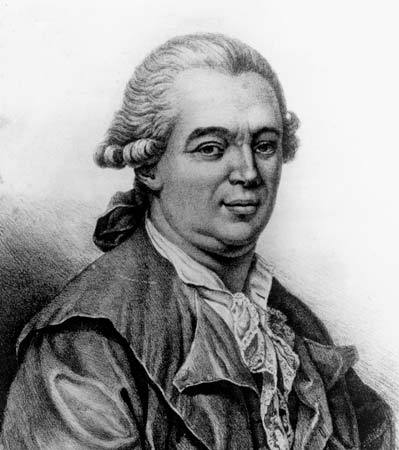

Puys égur, Armand Marie Jacques de Chastenet, marquis de. M émoire sur la d écouverte du magn étisme animal. Dictionary of accepted ideas ( Jacques Barzun, Trans.). The discovery of the unconscious: the history and evolution of dynamic psychiatry. Cambridge, MA: Harvard University Press.Įllenberger, Henri F. Mesmerism and the end of the Enlightenment in France. See also: Hypnosis Liebeault, Ambroise Auguste Occultism Salp êtri ère, hosptial Suggestion.

Animal magnetism even became a kind of platitude, if we are to believe the article "Magnetism" in Gustave Flaubert's Dictionary of Accepted Ideas : "An agreeable subject of conversation that can also be used to 'impress women.' " Yet love between a magnetizer and a somnambulist did become a distinct theme in fiction. The literature in the field mentioned the sexual aspect of the relationship only rarely and with reticence. In Mesmeric terminology, the "relationship" refers primarily to the relation between the magnetized patient and the magnetizer.

An opposition was thus established, before the term "hypnotism" became popular, between orthodox fluidic Mesmeric magnetism and a heterodox psychological movement represented in France by Faria, Bertrand, and Joseph Noizet. He connected Mesmeric phenomena to a traditional psychology of ecstasy, currently understood as a trance. In 18 the physician Alexandre Bertrand returned to Bailly's work on imagination and imitation. In 1813, in his public lectures, Abb é Jos é Custodio de Faria claimed that there was no need of a fluid to induce sleep, since by a simple command, a state of "lucid sleep" could be brought about in a subject. Magnetism became a social and cultural phenomenon of considerable importance. It was assumed that in a somnambulistic state the person had self-healing capacities. The magnetized patient directed the treatment the magnetizer questioned the patient and let her talk (almost all patients were female). To be transmitted by the "passes" of the magnetizer, exhibited extraordinary signs of "lucidity." Puys égur and his followers developed a standard form of treatment that differed considerably from what was often suggested by medical authorities. The somnambulists appeared changed: they uttered prophecies, showed signs of split personalities, and, under the influence of the fluid, which was supposed From this point onward, magnetized subjects were no longer "convulsives," but "somnambulists," as in Puys égur's model. He referred to this as artificial or induced somnambulism. That same year Armand de Puys égur, a disciple of Mesmer, discovered (or rediscovered) that one can provoke calm crises that resemble the natural somnambulism of certain sleepers. In 1784 two committees appointed by the Acad émies Royales des Sciences et de M édecine (Royal Academies of Science and Medicine) drafted a report for the king on Mesmer's "discovery." The astronomer Jean Sylvain Bailly, reporter of the first committee, concluded that the fluid likely did not exist, and he sketched out an explanation in terms of "imagination" and "imitation." In a secret report, released after the French Revolution, he noted the sexual nature of the convulsions, which he compared to orgasm. Mesmerism claimed to be a scientific discovery as well as a secret associated with initiation into a group of adepts. Faced with a crush of clients, he installed a "tub," a round device around which patients sat in a group, and that was designed to concentrate and redistribute the fluid, resulting in beneficial convulsions. In Paris, Mesmer enjoyed enormous success. He considered poor receptivity to the fluid to be pathogenic, and the cure consisted in transmission of the fluid. In M émoire sur la d écouverte du magn étisme animal (Propositions concerning animal magnetism 1779) he defined it as the "property of the animal body that makes it susceptible to the influence of celestial bodies and the reciprocal action of those around it, made manifest by its analogy with the magnet." He believed that a cosmic fluid attracted animate beings to one another.

"Animal magnetism" is a term popularized by the Viennese doctor Franz Mesmer.


 0 kommentar(er)
0 kommentar(er)
